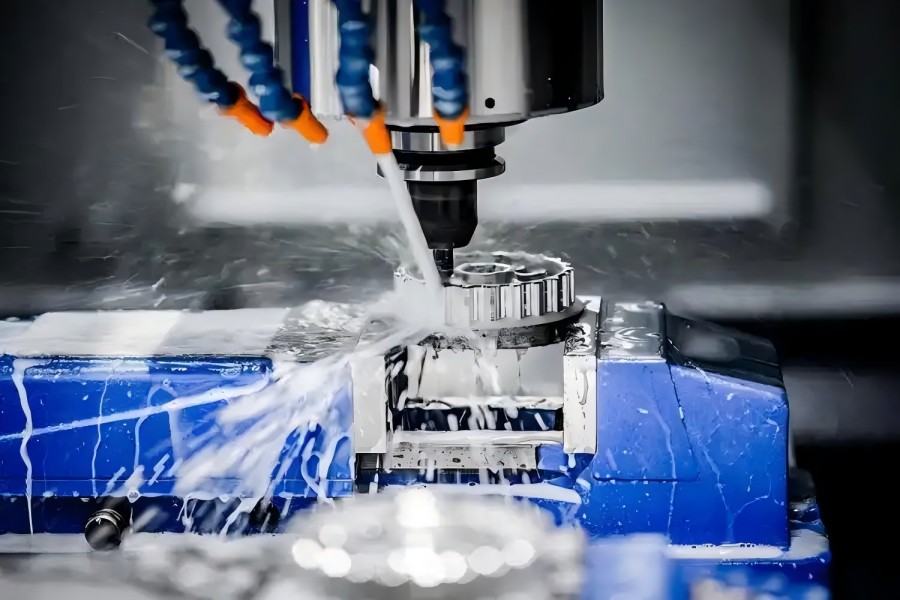News Categories
Contact Us
020-86988980
- Guangzhou Sinoth Import and Export Co., LTD
Tel: 020-8968-8980
Website:www.gzsynoth.com
Email: belinda@dginfa.com(24 hours online)
Phone: +86 189 2740 6786
Address: No 5, Jinshi Three Street, Shiling Town, Huadu District,Guangzhou City, Guangdong Province
News
Current Location:Home > News > Industry information
What are the steps to passivate stainless steel?
Add Time:2025-08-05
The passivation of stainless steel involves a sequence of steps to remove contaminants, form a protective oxide layer, and ensure durability. Here are the core steps:
First. Pre-Cleaning
Remove surface contaminants (oils, greases, dirt, or scale) using solvents, alkaline cleaners, or mechanical methods (e.g., abrasive blasting). This ensures the passivating agent can contact the metal surface effectively-residues can block the reaction.
Second. Rinse (Pre-Treatment)
After cleaning, rinse thoroughly with water to remove leftover cleaning agents, preventing interference with the passivation process.
Third. Passivation
Immerse or spray the stainless steel with a passivating agent (typically nitric acid, citric acid, or their variants). The acid dissolves free iron and impurities while prompting chromium in the steel to form a thin, protective chromium oxide layer. Parameters (concentration, temperature, immersion time) vary by agent and standard (e.g., ASTM A967).
Fourth. Post-Rinse
Rinse again with clean water to remove residual acid, stopping further chemical reactions that could damage the oxide layer.
Fifth. Drying
Dry the surface completely (air-drying, heat, or forced air) to prevent water spots or recontamination, ensuring the oxide layer remains intact.
First. Pre-Cleaning
Remove surface contaminants (oils, greases, dirt, or scale) using solvents, alkaline cleaners, or mechanical methods (e.g., abrasive blasting). This ensures the passivating agent can contact the metal surface effectively-residues can block the reaction.
Second. Rinse (Pre-Treatment)
After cleaning, rinse thoroughly with water to remove leftover cleaning agents, preventing interference with the passivation process.
Third. Passivation
Immerse or spray the stainless steel with a passivating agent (typically nitric acid, citric acid, or their variants). The acid dissolves free iron and impurities while prompting chromium in the steel to form a thin, protective chromium oxide layer. Parameters (concentration, temperature, immersion time) vary by agent and standard (e.g., ASTM A967).
Fourth. Post-Rinse
Rinse again with clean water to remove residual acid, stopping further chemical reactions that could damage the oxide layer.
Fifth. Drying
Dry the surface completely (air-drying, heat, or forced air) to prevent water spots or recontamination, ensuring the oxide layer remains intact.
These steps are critical to forming a stable, corrosion-resistant barrier-any shortcuts can compromise the passivation’s effectiveness.
#CNCMachining #Manufacturing #PrecisionEngineering #5Axis #StainlessSteel



